As an Amazon Associate I earn from qualifying purchases.
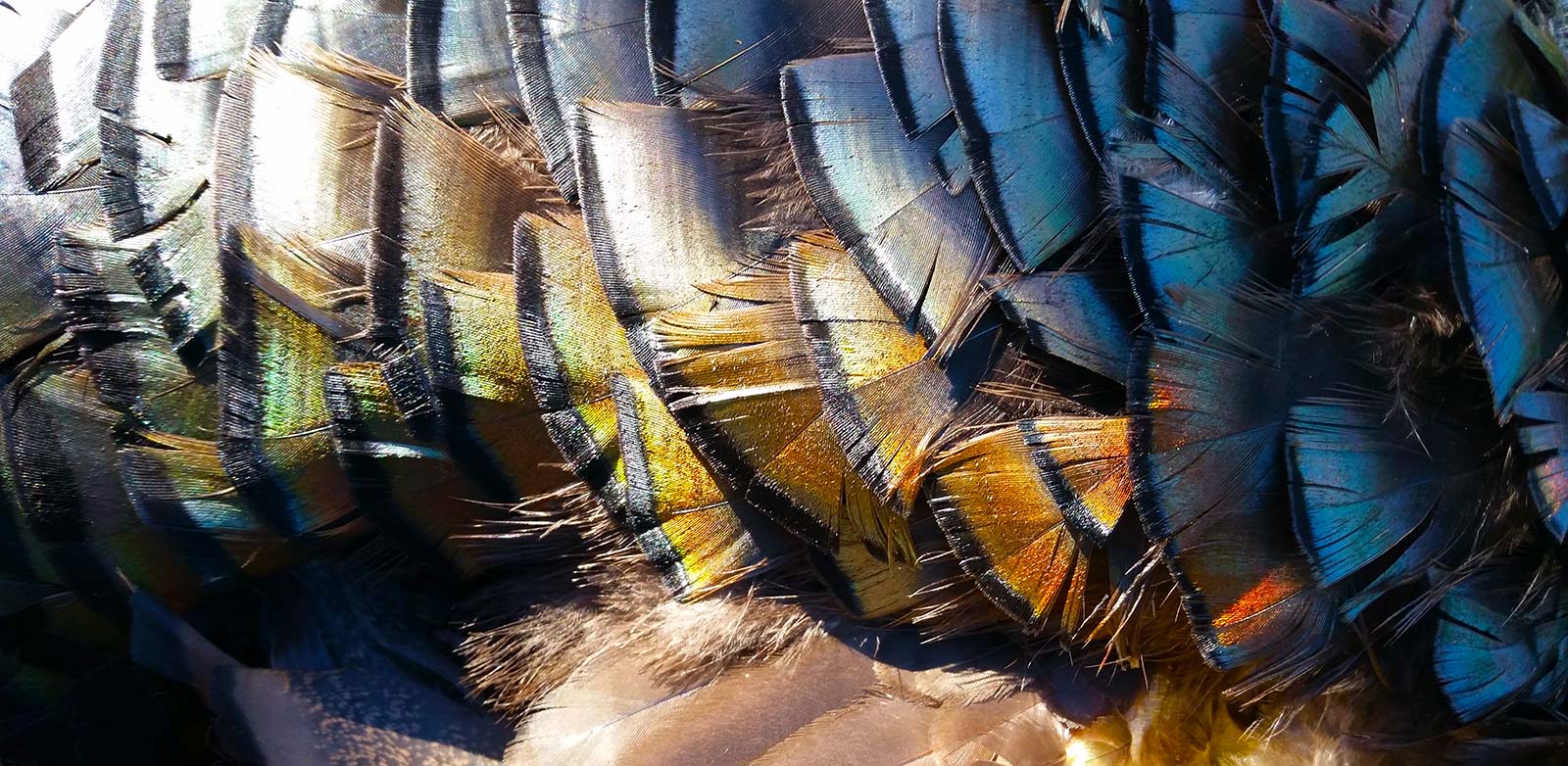
I’ve picked an inordinate number of grouse this fall. Sage grouse, sharpies, blue grouse, prairie chickens. Throw in some mountain quail and a bucket of doves, plus one pigeon, and you can say I’ve been quite the mother plucker this year. And duck season hasn’t even started yet.
I am here to make the case for plucking birds.
Plucking a bird is an act very much like unearthing an archaeological treasure. It can be a painstaking business, frustrating, messy and yet, when you are done, deeply rewarding. It is an act of love, in an odd way. You are working hard to bring out the best in your birds.
For me it is a calming process, a task I can zen out on, focusing only on the next feather. Plucking occupies the same mindspace for me as making pasta: Mindless, yet highly focused.
Hunters out there, I know, I know. I can feel your skepticism through the interwebz. And I can almost hear you say it… “You pluck all your birds?!” For the most part, yeah, I do. If I had a dollar for every time I heard someone say that, I’d have enough money to buy a new shotgun.
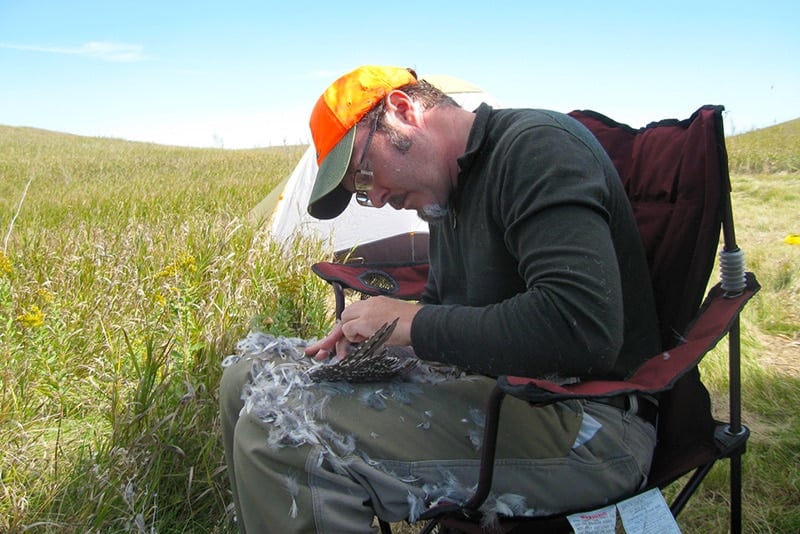
Those of you who raise chickens or turkeys or ducks know that you must pluck your birds for the market because we, as consumers, simply would not buy a skinned chicken or turkey. (Yes, I know there is a large market for skinless, boneless chicken breasts. But those are mostly eaten by people who hate food.) And can you imagine someone selling duck breasts without all that yummy fat and skin? Heresy.
Hunters, you owe it to yourself to pluck your birds. I don’t want to sound scolding or holier-than-thou, but eating a beautiful plucked pheasant or quail or duck is one of life’s great joys at the table, and it really is worth the effort.
What’s the big deal? Almost all of a bird’s distinctiveness resides in the skin and fat. I’ve written extensively on the relationship between fat and flavor elsewhere, but suffice to say that if you skin your birds you will have an awfully hard time telling a bite of coot breast apart from a bite of canvasback breast. Honestly. And trust me, I’ve done blind tests.
I just did a test a couple weeks ago, where I served some friends slices of pintail, canvasback and mallard breasts — all with skin and fat. Everyone preferred the pintail, but the canvasback was a universal second. The mallard was, well, boring. None of this would be discernable without skin and fat, and you cannot get skin and fat on a bird without plucking.
But even I do not pluck every single bird I come home with. So, when to pluck and when not to? Here is what I do:
- If the bird has been terribly shot up or mauled by your dog, or. God forbid, someone else’s, skin it.
- Wingshot birds will often have pristine breasts, so always pluck them.
- Pluck “quality” ducks and geese — mallards, black ducks, pintail, canvasbacks, teal, specklebelly geese and, in certain cases, wigeon, gadwall, redheads, bluebills and Canada geese.
- For the most part, skin snow geese, which have weird blue skin and almost no fat; there are exceptions to this, as I’ve written about here. Skin all sea ducks or divers shot near salt water, again, with rare exceptions. They will almost always taste fishy. If you eat coots, skin them, too.
- The rarer the quarry, the most important it is to pluck it. You might not get too many ruffed grouse or sandhill cranes or woodcock, so be sure to enjoy everything that bird has to offer by plucking it.
How to Start?
To dry pluck, all you need is patience and a good set of kitchen shears. The shears are to clip the wingtips (even I don’t bother plucking the last section of a bird’s wings) and to chop off the bird’s head.
To wet pluck, you will need slightly less patience, a good set of kitchen shears, and a really big canning pot. If you are plucking waterfowl, you will also need several pounds of wax (more on that in a bit). I use Parowax Household wax, which you can usually find in canning sections of most supermarkets.
Now that you have the equipment, here’s how I pluck various game birds.
For starters, always pluck before gutting the birds. (You’d be surprised how often I get that question.)
As for various bird species, I’ve already written a tutorial on how to pluck a pheasant. These instructions work for all gallinaceous birds: pheasants, partridges, turkeys, quail, grouse of all varieties — and yes, chickens. Know that ruffed grouse, sharp-tailed grouse and quail skin is unusually tender, and that turkey skin is pretty damn tough. Other than that, they’re all pretty much the same.
Doves and pigeons are the easiest birds to pluck. Once you get the hang of it, you can pluck a dove in about 2-3 minutes. Always dry pluck doves and pigeons. (Here’s our video on plucking doves.)
Woodcock should also be dry plucked. Snipe are persnickety to pluck (say that five times fast!), and I often wax them like ducks, but woodcock are nearly as easy as doves and pigeons.
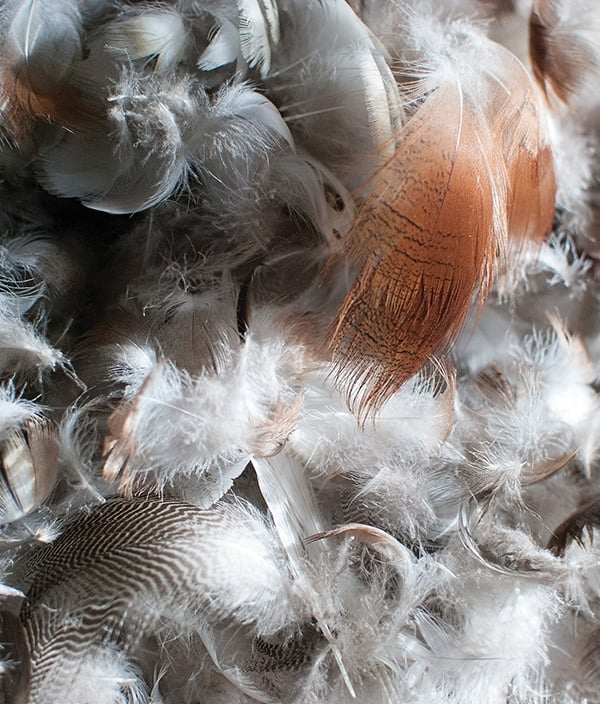
Waterfowl are a different case. Ducks and geese require their own techniques for plucking.
On the plus side, their skin is pretty tough, so you are less likely to tear it compared to plucking a pheasant or quail. On the down side, is, well, down. Waterfowl have a layer of gossamer down under their regular feathers that keeps them warm and waterproof. It is not easy to get off by hand.
You can dry-pluck any waterfowl, but it will take longer than it would for a comparably sized upland bird, and you must deal with the fact that the wing feathers are extremely difficult to pull out. Think about it: Ducks fly thousands of miles in their migrations, while pheasants rarely fly at all, and when they do they fly only short distances. (Here is my video on dry plucking a duck.)
Wet-plucking is the way to go, only with a twist. I pluck all my ducks with the aid of canning wax, or paraffin. We go through many blocks of it each year, so stock up. The trick is to get a giant pot of water steaming – not boiling – melt wax in it, and dunk your birds. Toss the waxed birds in another basin of ice cold water to set the wax, let them cool a bit and pluck away. The wax grabs the down and upper feathers, leaving you with a nice clean plucked duck.
While your pot of water heats up, examine your ducks and geese. Chop off badly damaged legs or wings. Now rough-pluck your birds. Pull out the tail feathers, the big wing feathers (you might need to go one by one with geese), and some of the regular feathers on the body of the bird. Be careful when you do this, and anchor the skin of the duck with one hand while you pluck with the other.
Put the wax in the water. How much? Our paraffin comes four blocks to a box, and we find that a goose needs a full block. Big ducks need half, and on smaller ducks you can get away with 2 to 3 to a block.
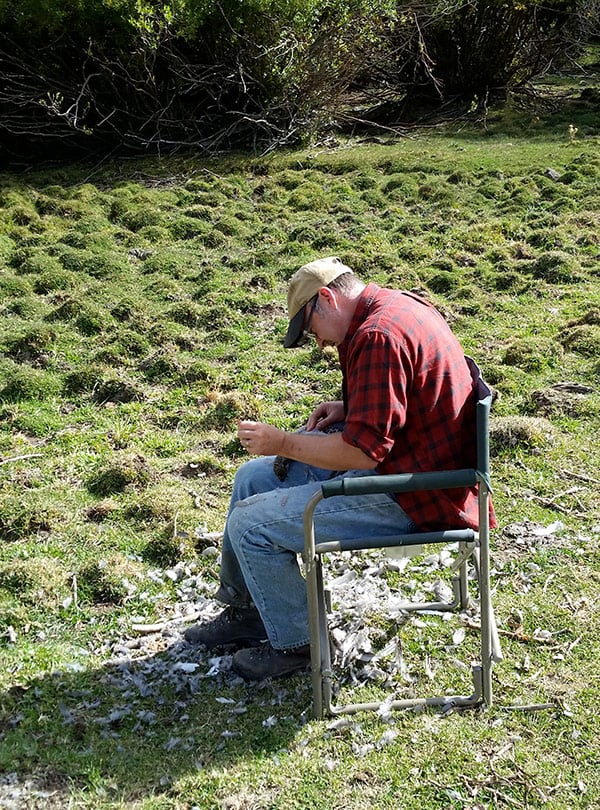
Once the birds are rough-plucked and the wax is melted, grab the bird by the head and dunk it up to its neck in the water. Swirl it around a bit on the surface, too, and make sure you get it well coated. Let it drip a little over the pot, then put the waxed bird into a basin of cold water; we use our slop sink in the garage. Let the bird chill for a few minutes, then put it somewhere to drain.
Wear an apron or something when plucking, because it is a messy, wet business. Start with the wings, as they are the hardest part. You might need to break the wax seal on parts of the bird to peel off the wax. Again, anchor the skin with one hand while you peel with the other. Many times you are actually keeping the wax on one place while gently peeling the skin away from it – this is especially important when working around shotgun pellet holes.
After I do the wings, I go to the tail, then the back, then the legs. Finally, I do the neck and breast. The neck skin is loose, and this is the most likely place for a tear. The breast is the most prized part of the bird, so you will want your full attention here. It’s like opening a present: The breast gives you the best look at whether you have a fat bird or a skinny one. (Here’s a video of our wet-plucking process.)
So that’s it. That’s what I know about plucking game birds. But there are other ways out there.

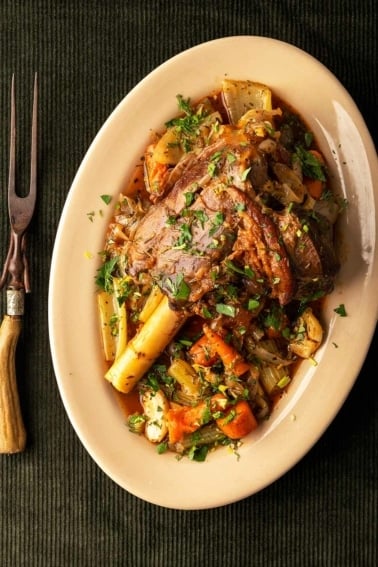
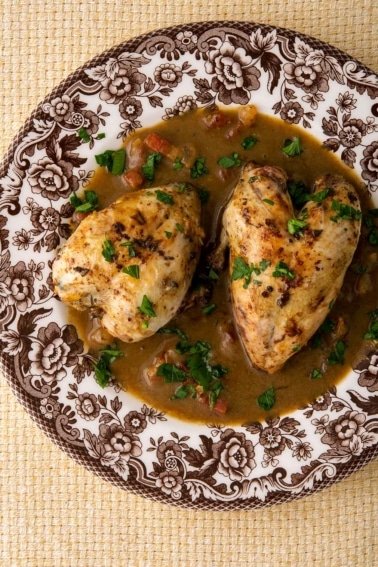
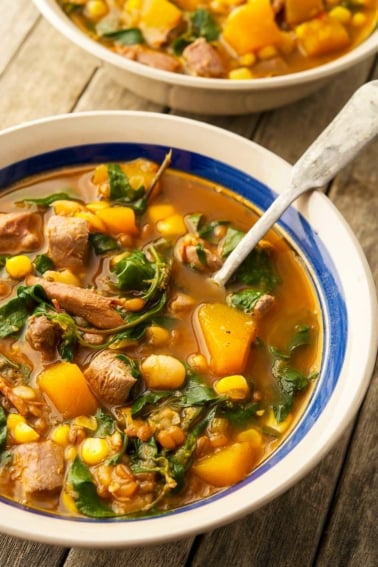
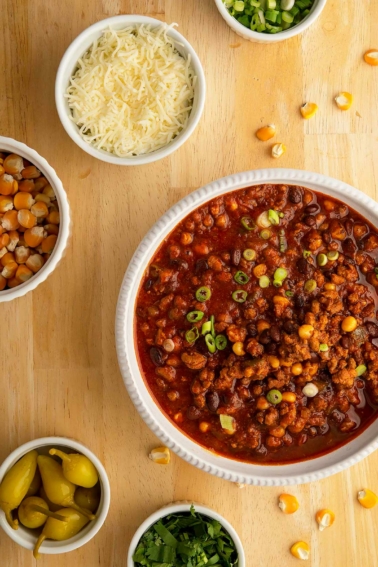
Do you think paraffin wax brand matters? I’ve now done this twice with Gulf Wax brand and the results were that the wax would break into tiny pieces which made for difficult removal.
I actually have a chicken plucker. Can I use it for wild ducks and geese?
Stephen: I am pretty sure you can.
I just got a redhead near the Great Salt Lake. Pluck or skin? Also, do you ever use a torch to burn of pin feathers? If so, what type (butane kitchen torch or bigger propane torch)? Thanks!
Justin: I’d pluck it. And yes, I use a torch to burn off pinfeathers if there are any left on after plucking. I normally just use a cigarette lighter.